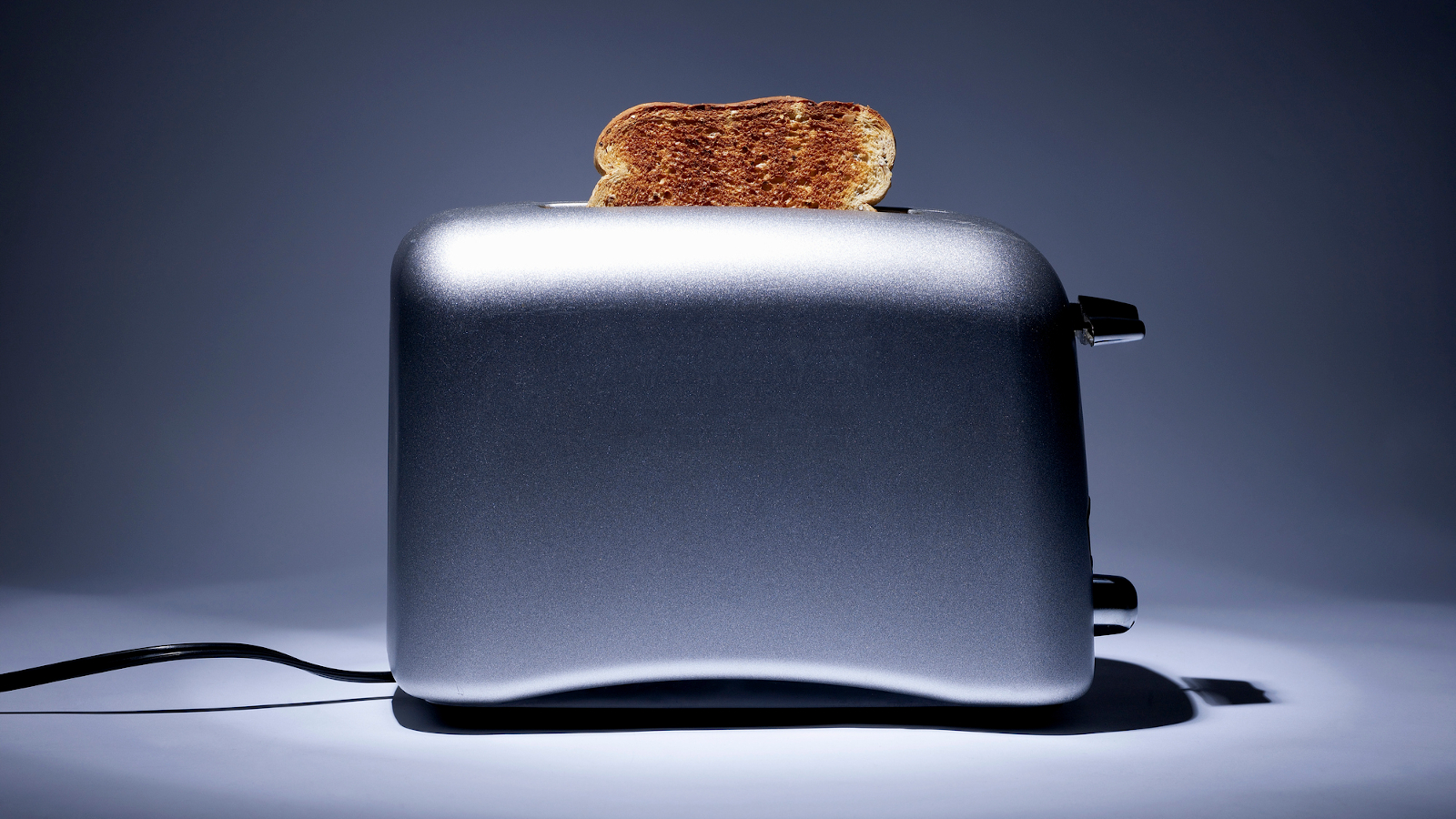

Articles
How Does Toaster Work
Modified: March 21, 2024
Discover how toasters work and learn all about the intricate processes that turn your bread into crispy perfection with informative articles on this topic.
(Many of the links in this article redirect to a specific reviewed product. Your purchase of these products through affiliate links helps to generate commission for Storables.com, at no extra cost. Learn more)
Introduction
Have you ever wondered how a toaster magically transforms a slice of bread into a warm and crispy delight? It may seem like a simple appliance, but the inner workings of a toaster are actually quite fascinating. In this article, we will take a closer look at the various components and mechanisms that make a toaster work its toasty magic.
At its core, a toaster is designed to generate heat and evenly toast bread slices. It accomplishes this through a combination of heating elements, a thermostat, a timer, bread lifters, a crumb tray, and a power source. Each of these elements plays a crucial role in creating the perfect slice of toast.
So let’s dive in and dissect the inner workings of a toaster to uncover the mystery behind its remarkable toasting abilities.
Key Takeaways:
- Toaster’s intricate components, from heating elements to thermostat and timer, work together to create the perfect slice of toast, showcasing the remarkable engineering behind this seemingly simple appliance.
- Regular maintenance, including cleaning the crumb tray and ensuring a proper power source, is essential for maximizing the longevity and safe operation of your toaster, ensuring delightful toast every time.
Read more: How Does Toaster Oven Work
Heating Elements
One of the key components of a toaster is its heating elements. These are typically made of nichrome wire, a type of resistance wire that can withstand high temperatures.
Inside a toaster, there are usually two sets of heating elements, one on the top and one on the bottom. When the toaster is turned on, an electrical current passes through the heating elements, causing them to heat up.
The purpose of the heating elements is to radiate heat onto the bread slices, toasting them to perfection. The elements are positioned close to the bread to ensure efficient heat transfer and even toasting on both sides.
It’s worth noting that the heating elements can vary in design and placement depending on the type of toaster. Some toasters feature long, thin elements, while others use shorter, thicker elements. The configuration and wattage of the elements can also differ, affecting the toasting speed and intensity.
To regulate the temperature, the heating elements are controlled by a thermostat.
Thermostat
The thermostat in a toaster is responsible for monitoring and controlling the temperature during the toasting process. It ensures that the bread is toasted to the desired level of crispness without burning.
Typically, a thermostat in a toaster operates on a bimetallic strip principle. This strip is made up of two different metals with different rates of expansion when heated. As the strip heats up, one metal expands more than the other, causing the strip to bend.
Attached to the bimetallic strip is a contact that opens and closes an electrical circuit. When the toaster is turned on, the circuit is closed, and the heating elements start to heat up. As the temperature inside the toaster increases, the bimetallic strip bends, causing the contact to open and break the circuit.
This interruption in the circuit stops the flow of electricity to the heating elements, preventing further heating. Once the temperature drops below a certain threshold, the bimetallic strip straightens out, allowing the contact to close again and resume the toasting process.
The position and design of the thermostat can vary depending on the toaster model. Some toasters have a manual control knob that allows you to adjust the toasting time and temperature, while others have preset settings for different levels of toasting.
Overall, the thermostat is a crucial component in ensuring that your toast comes out just the way you like it – perfectly toasted and not burnt.
Timer
The timer is another essential component of a toaster that helps control the toasting process. It allows you to set the duration for which the bread will be toasted.
When you turn the toaster on, the timer begins counting down the set time. As the timer ticks, the heating elements generate heat, and the bread starts to toast. Once the set time is reached, the timer automatically shuts off the flow of electricity to the heating elements, signaling that the toasting process is complete.
Most toasters have a dial or a digital interface that allows you to adjust the timing precisely. This feature gives you the flexibility to toast your bread to different levels of crispness, depending on your preference.
The timer can also be interconnected with the thermostat to ensure consistent toasting. For example, if you select a longer toasting time, the thermostat may adjust the temperature to prevent the bread from burning.
Additionally, some toasters offer extra features such as a “cancel” button that allows you to stop the toasting process mid-cycle. This can be handy if you realize that the toast is already perfectly done or if you need to interrupt the toasting for any reason.
Overall, the timer provides a convenient way to control the toasting duration, giving you the flexibility to achieve your desired level of toastiness.
When using a toaster, always make sure to adjust the settings according to the type of bread you are toasting. Thicker slices may require a higher setting, while thinner slices may need a lower setting to avoid burning.
Bread Lifters
Ever wondered how the bread magically pops up from the toaster when it’s done? That’s all thanks to the bread lifters.
Located at the bottom of the toaster slots, the bread lifters are a mechanism that raises the bread slices up and out of the toaster once the toasting process is complete. They typically consist of a lever or a spring mechanism that is activated when the timer reaches the end of its countdown.
When the set toasting time is reached, the timer triggers the bread lifters to push the toast upwards. This mechanism ensures that the toast is easily accessible for removal without the need for reaching into the hot toaster slots.
Bread lifters serve two main purposes. Firstly, they make it safer and more convenient for you to retrieve the toasted bread. They help prevent accidental burns or injuries that may occur when reaching into a hot toaster.
Secondly, the bread lifters keep your toast from getting overcooked. By lifting the bread out of the heating elements, it immediately stops the toasting process and prevents further browning or burning of the toast.
It’s important to note that some toasters may have a “high-lift” feature, which allows the bread slices to rise even higher than normal. This feature is particularly useful for easily removing smaller or shorter bread slices.
With the help of the bread lifters, you can effortlessly retrieve your perfectly toasted bread slices without any risk or hassle.
Read more: How Does A Freezer Work
Crumb Tray
Have you ever noticed the small tray at the bottom of your toaster? That’s the crumb tray, and it serves a crucial role in keeping your toaster clean and functioning properly.
As the name suggests, the crumb tray collects the crumbs that fall off the bread during the toasting process. It is usually located at the bottom of the toaster and can be easily removed for cleaning.
During toasting, the heat causes the bread to release tiny crumbs that may accumulate inside the toaster. These crumbs not only create a mess but can also pose a fire hazard if they accumulate and come into contact with the heating elements.
By having a crumb tray, you can easily remove and discard the collected crumbs, preventing them from building up inside the toaster. Regularly cleaning the crumb tray not only keeps your toaster tidy but also ensures optimal performance and reduces the risk of any potential malfunctions.
To clean the crumb tray, simply remove it from the toaster and empty the accumulated crumbs into a trash bin. Some crumb trays are dishwasher-safe, making the cleaning process even more convenient.
It’s important to note that proper maintenance and cleaning of the crumb tray are essential for maintaining the longevity of your toaster and ensuring its safe operation.
So next time you enjoy a delicious slice of toast, remember to show some love to your toaster’s crumb tray and keep it clean for the best toasting experience.
Power Source
To make a toaster work, it needs a reliable source of power. In most cases, toasters are designed to operate using standard household electricity.
The power source for a toaster is usually an electrical outlet with the appropriate voltage and current rating. When you plug the toaster into the outlet and turn it on, the electrical current flows into the toaster, energizing the heating elements and activating the various mechanisms.
It’s important to ensure that the power source matches the electrical requirements of your toaster. The voltage and current rating should be compatible with the specifications indicated on the toaster’s label or user manual.
Some toasters are corded, meaning they come with a power cord that you can plug directly into an outlet. Others may be designed as built-in appliances, requiring professional installation by an electrician.
While using the toaster, it’s essential to ensure that the power cord is in good condition and not damaged. A frayed or damaged cord can be a safety hazard, so make sure to replace it if needed.
Furthermore, always remember to unplug the toaster when it’s not in use, and never leave it plugged in or attended to for extended periods of time, as it can pose a fire risk.
The power source plays a crucial role in providing the electricity needed to operate your toaster efficiently and safely. By ensuring that you have a proper power source, you can enjoy a delightful and worry-free toasting experience.
Conclusion
Toasters may seem like simple kitchen appliances, but they incorporate a combination of components and mechanisms to deliver perfectly toasted bread. From the heating elements that radiate heat onto the bread slices to the thermostat that regulates the temperature, each element plays a crucial role in the toasting process.
The timer allows you to set the desired toasting duration, ensuring that your toast comes out just the way you like it. The bread lifters make it safe and convenient to retrieve your toast without reaching into a hot toaster. And the crumb tray keeps your toaster clean and functioning optimally by collecting and disposing of the bread crumbs.
All of these components work harmoniously, powered by a reliable electrical source, to transform a simple slice of bread into a warm and crispy delight.
So the next time you enjoy a delicious slice of toast, take a moment to appreciate the intricate workings of your toaster. It’s a testament to the remarkable engineering behind this seemingly humble appliance.
Remember to maintain and clean your toaster regularly to ensure its longevity and safe operation. And with a little bit of toast-making magic, your breakfast or snack time will be filled with perfectly toasted slices that are sure to satisfy your taste buds.
Now, armed with knowledge of how a toaster works, you can impress your friends and family with your toasting expertise and toast to your heart’s content!
Frequently Asked Questions about How Does Toaster Work
Was this page helpful?
At Storables.com, we guarantee accurate and reliable information. Our content, validated by Expert Board Contributors, is crafted following stringent Editorial Policies. We're committed to providing you with well-researched, expert-backed insights for all your informational needs.
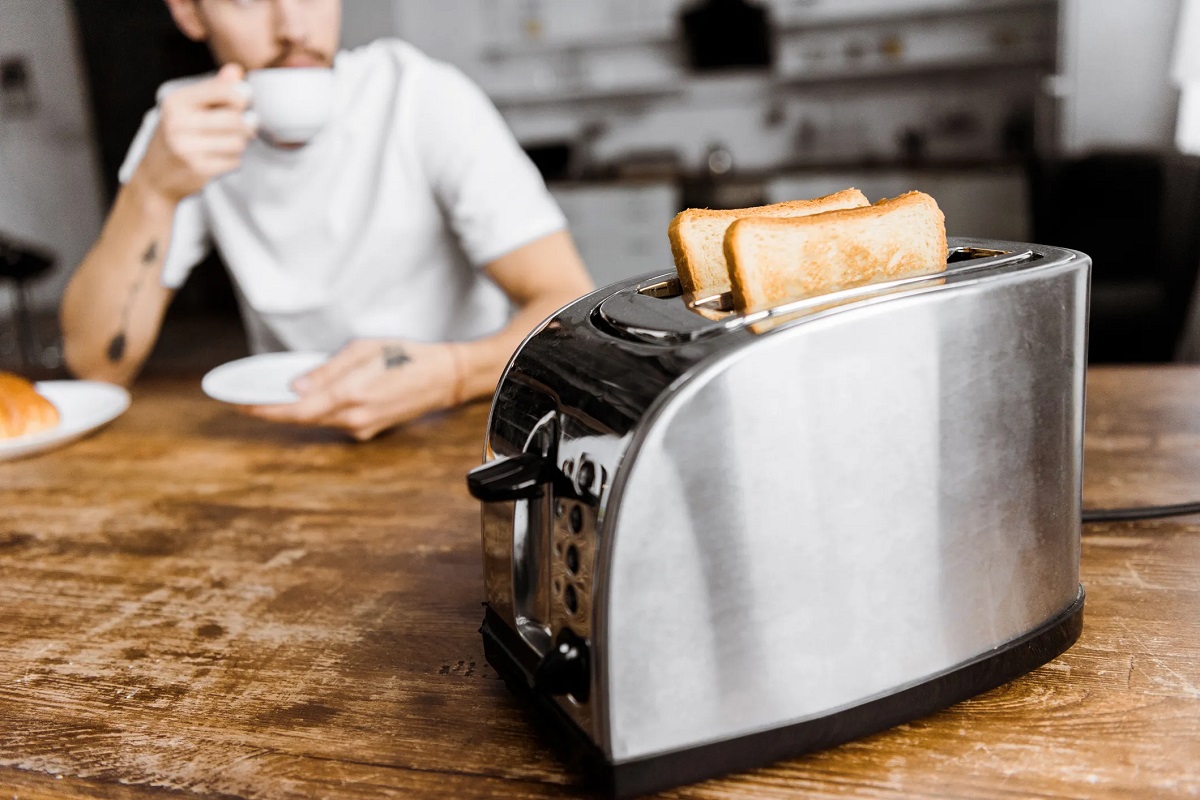


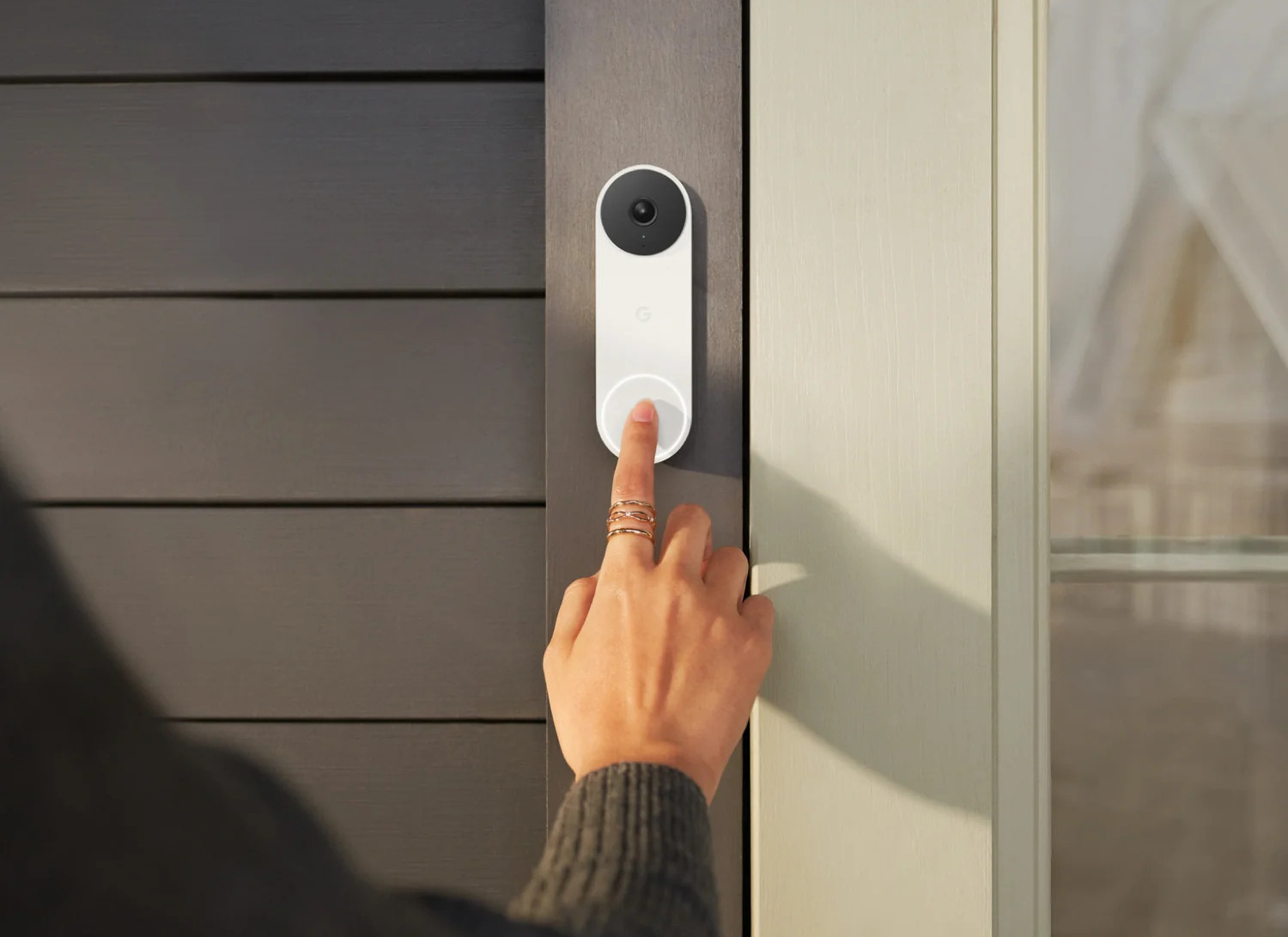
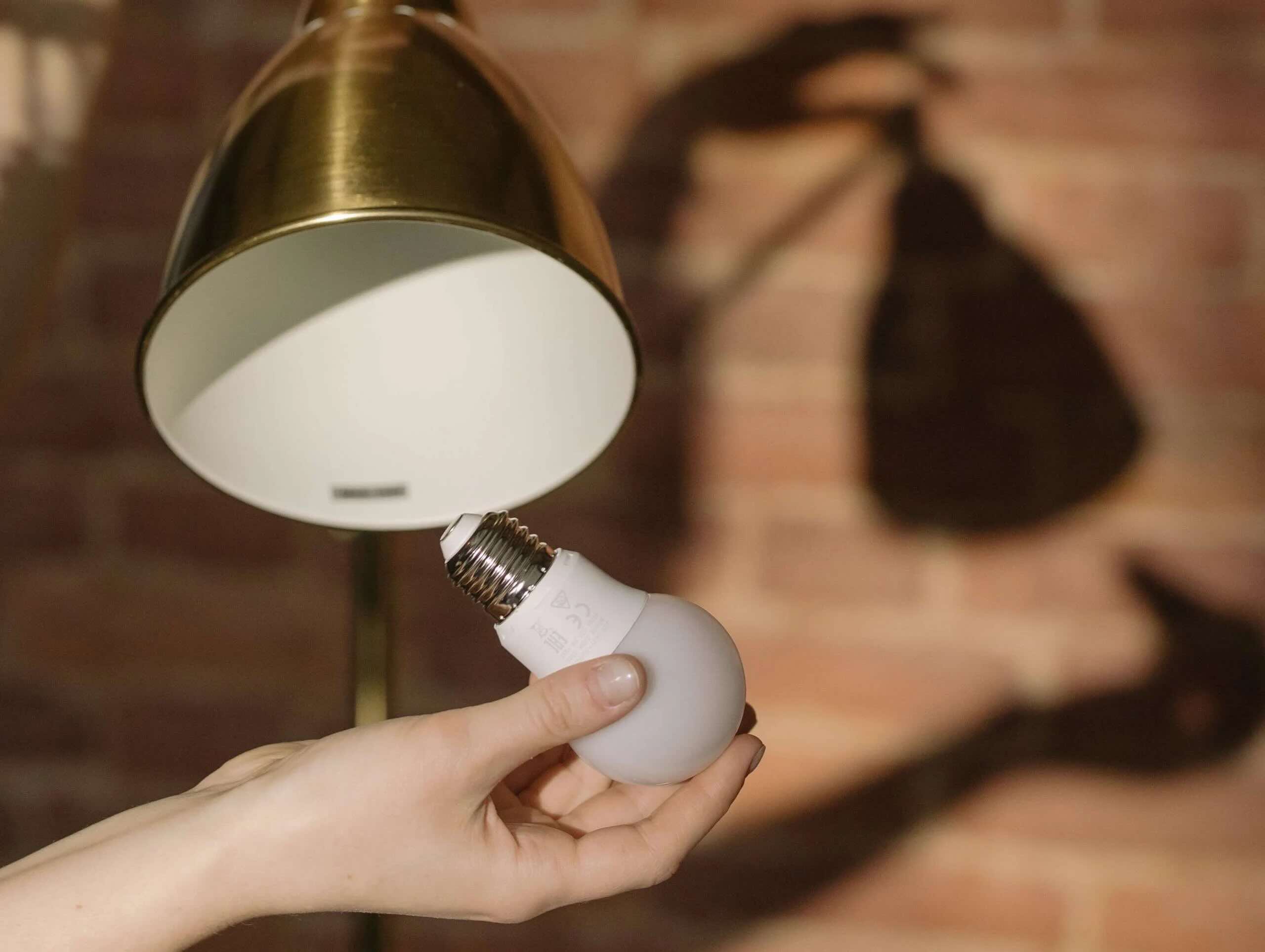
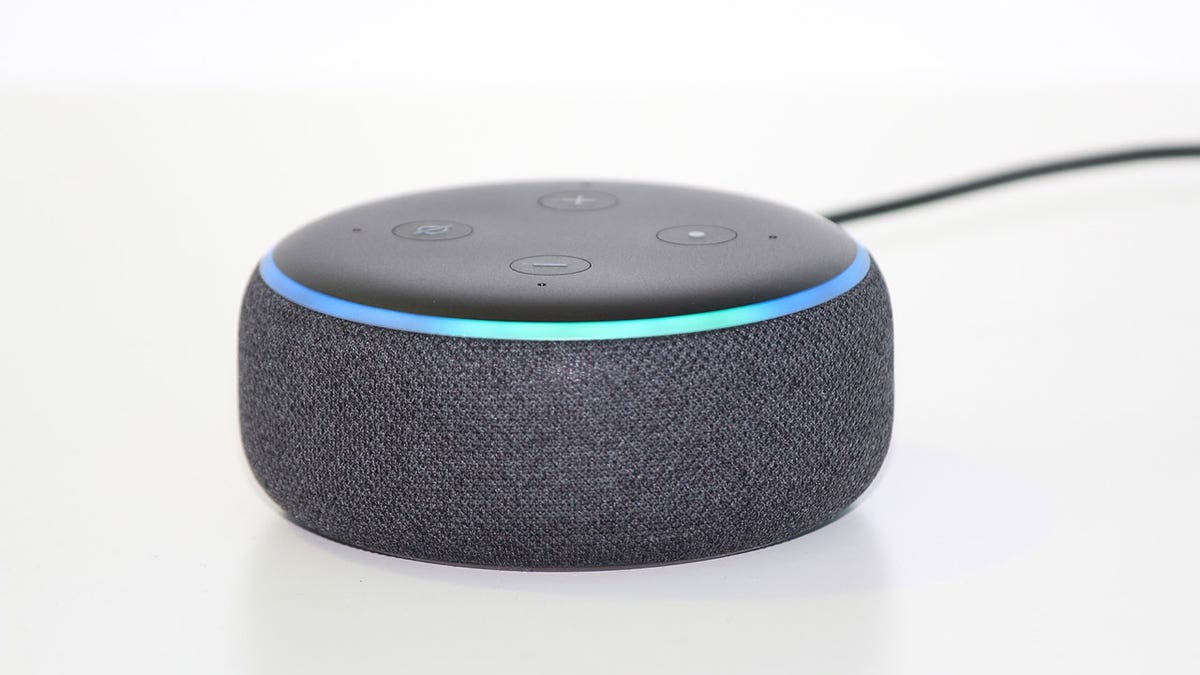
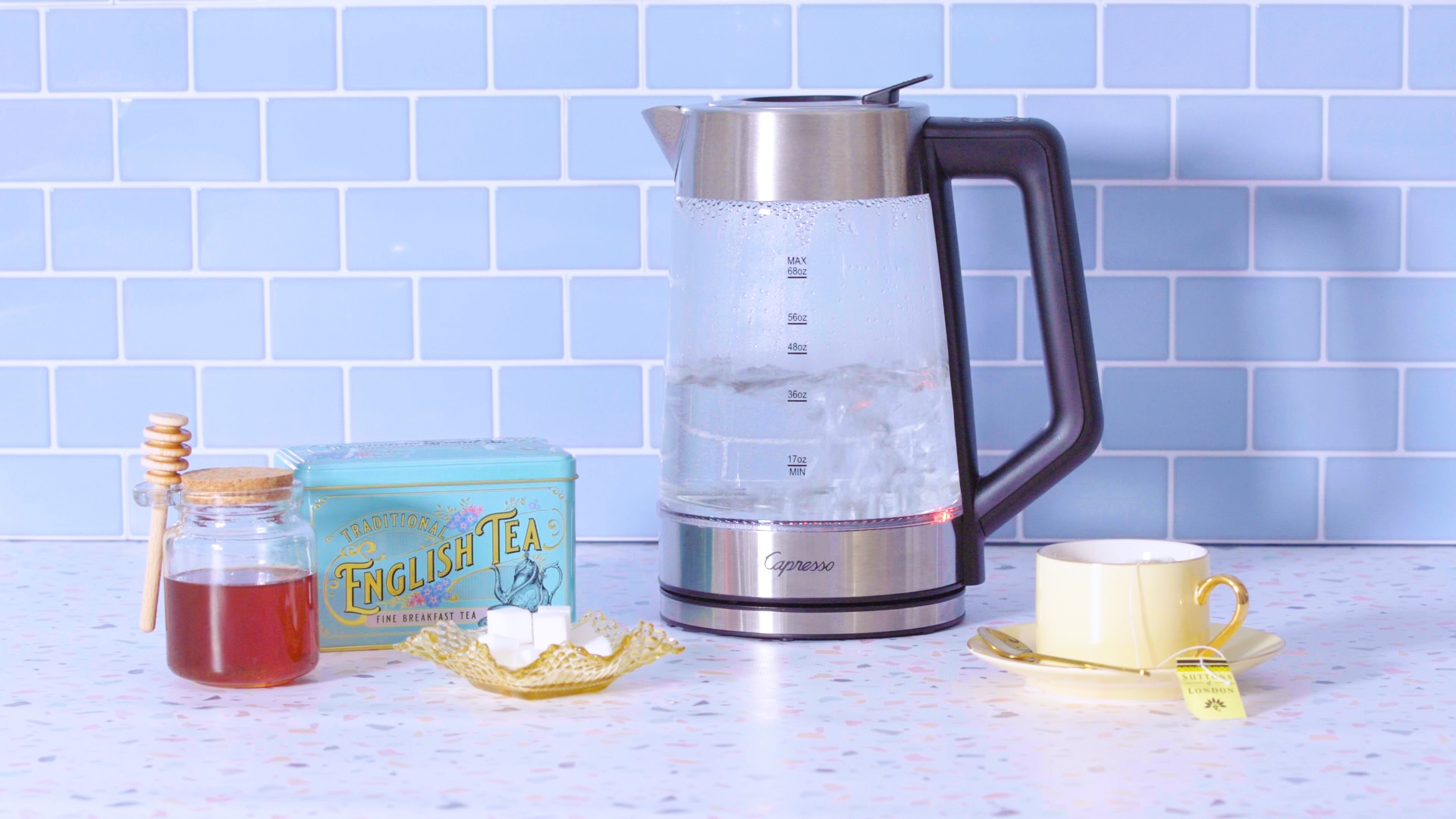


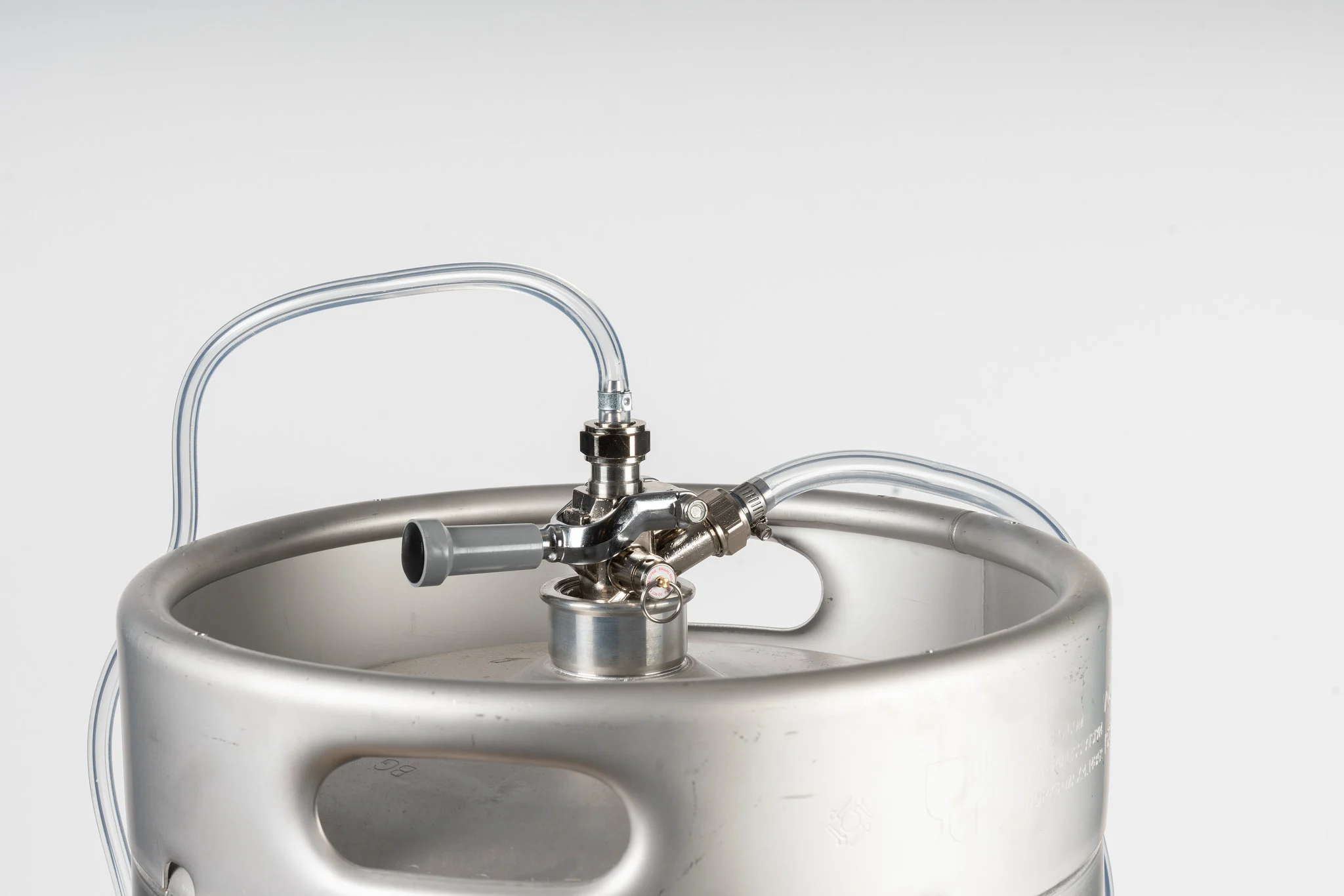
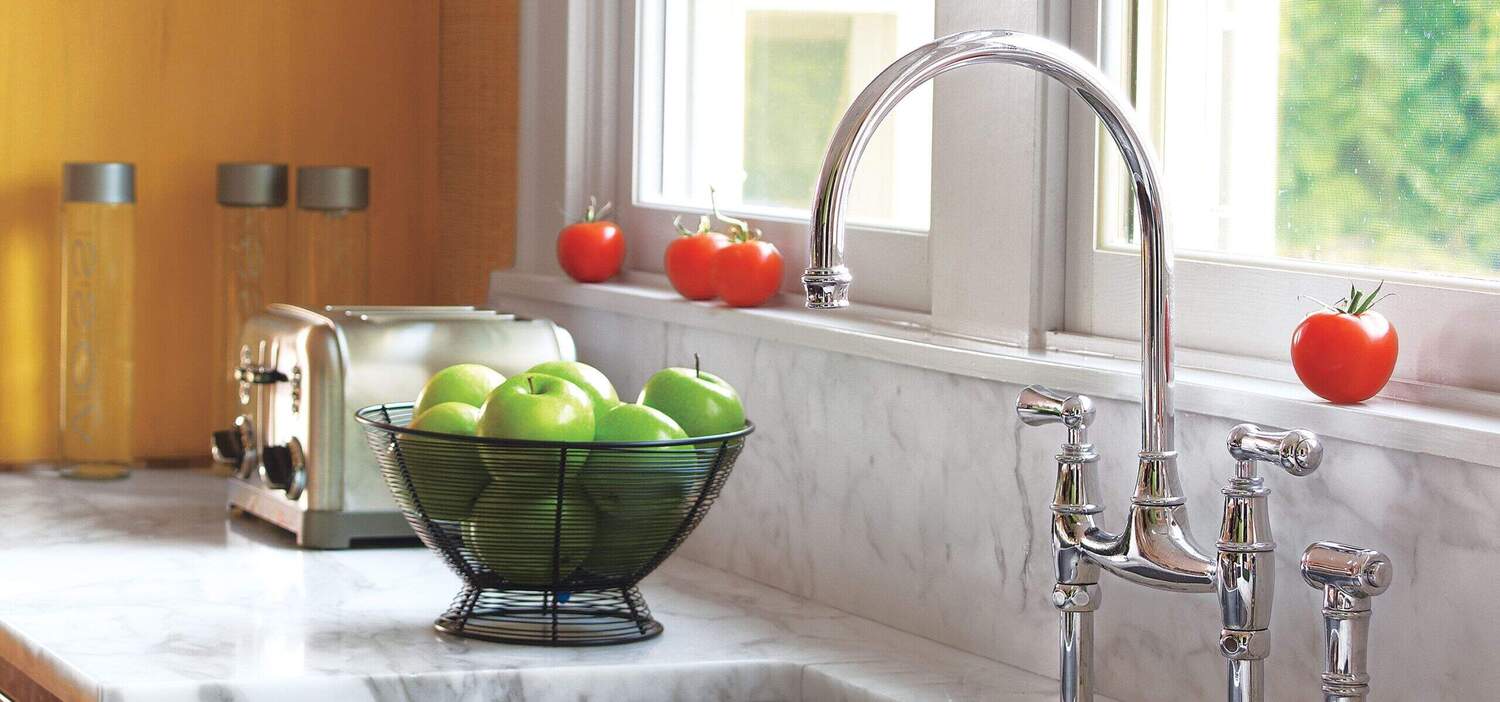


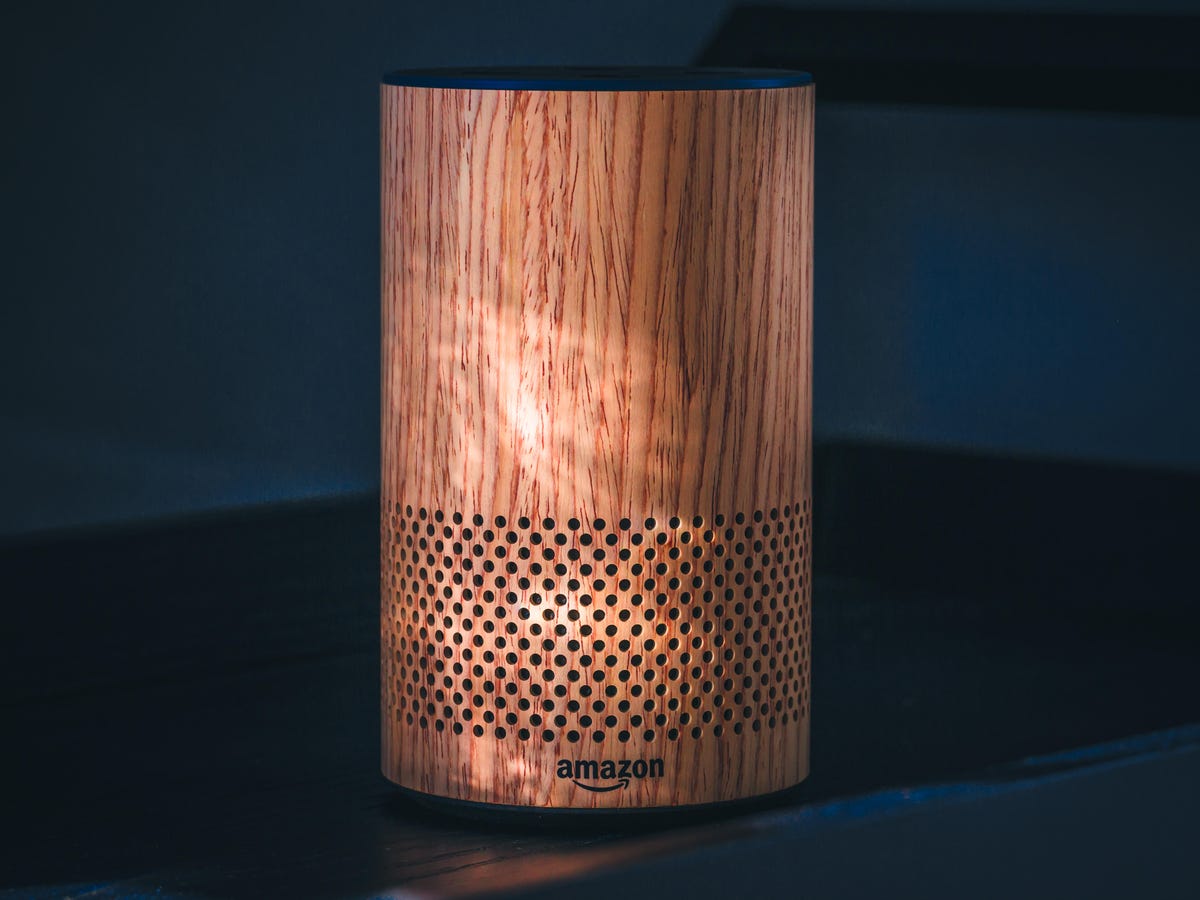

0 thoughts on “How Does Toaster Work”